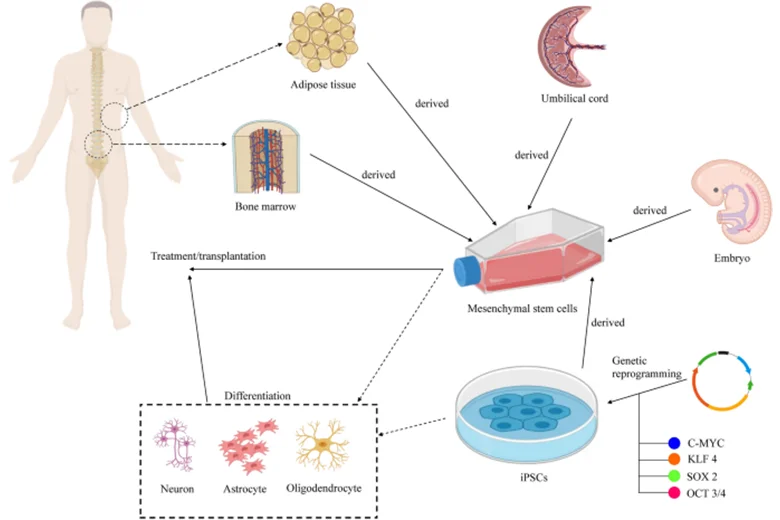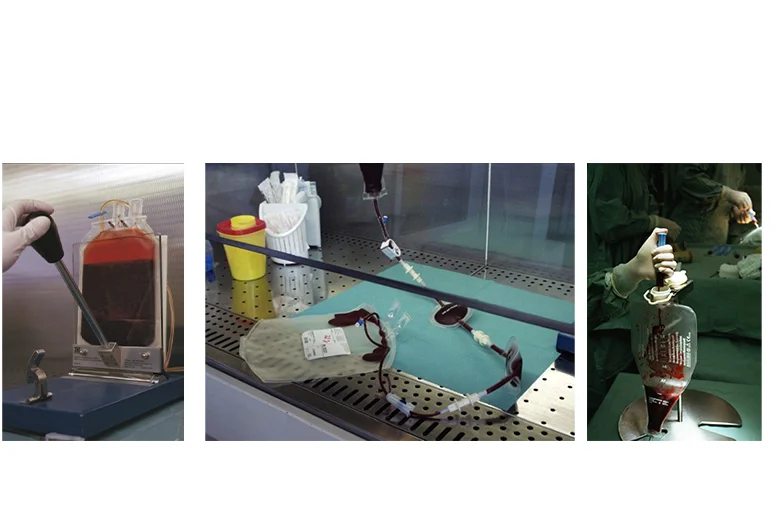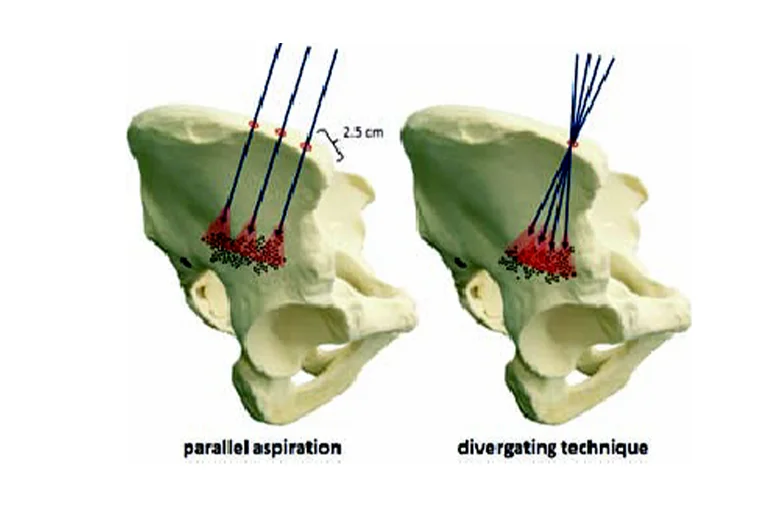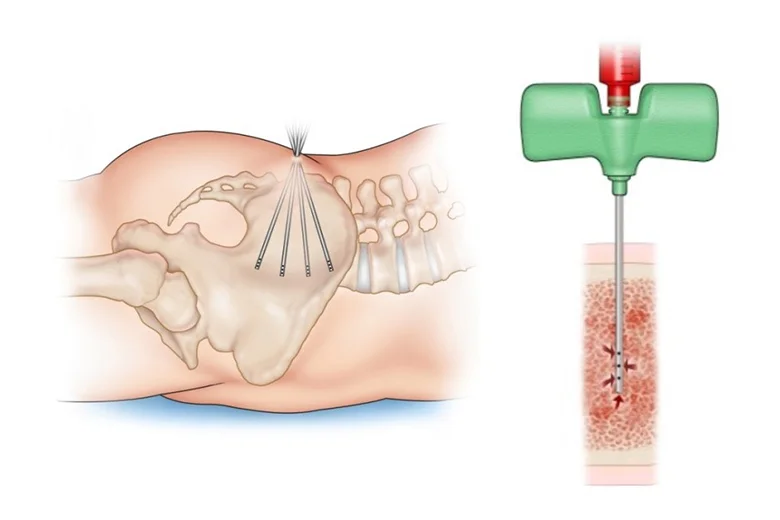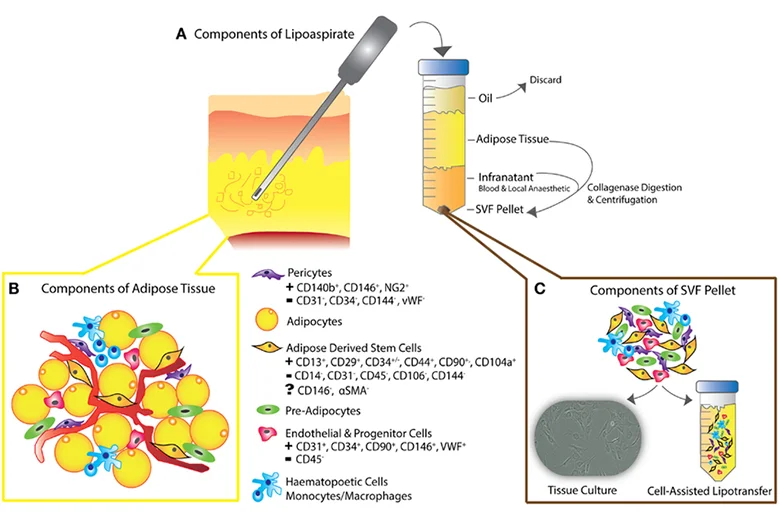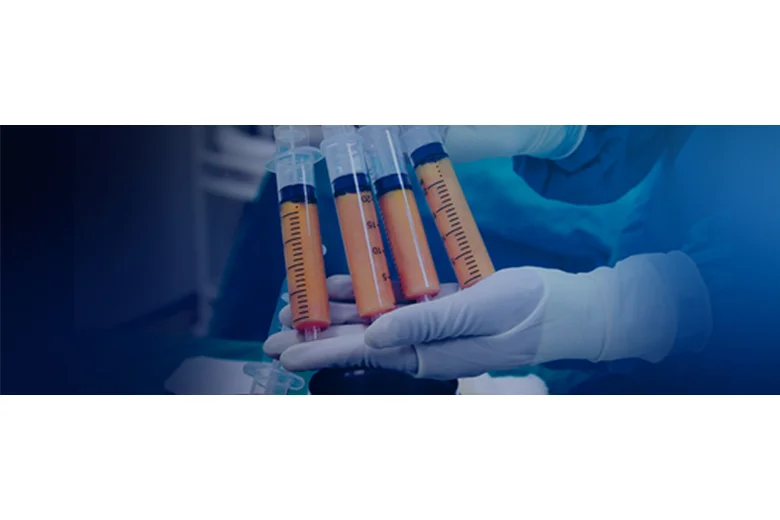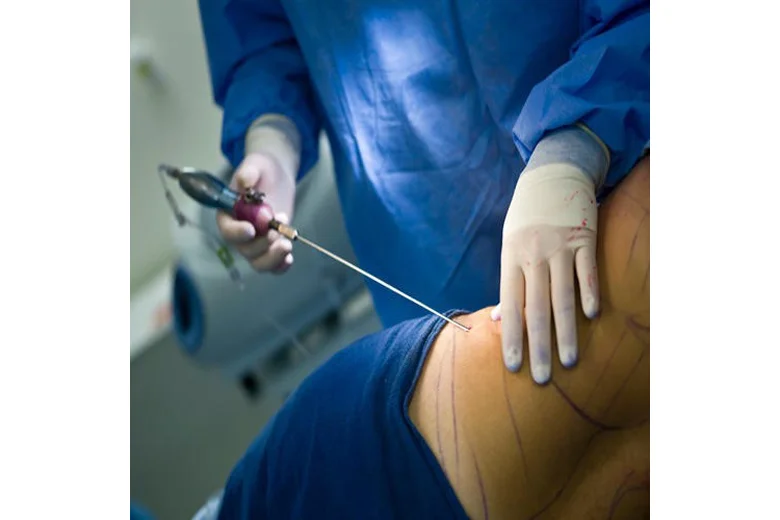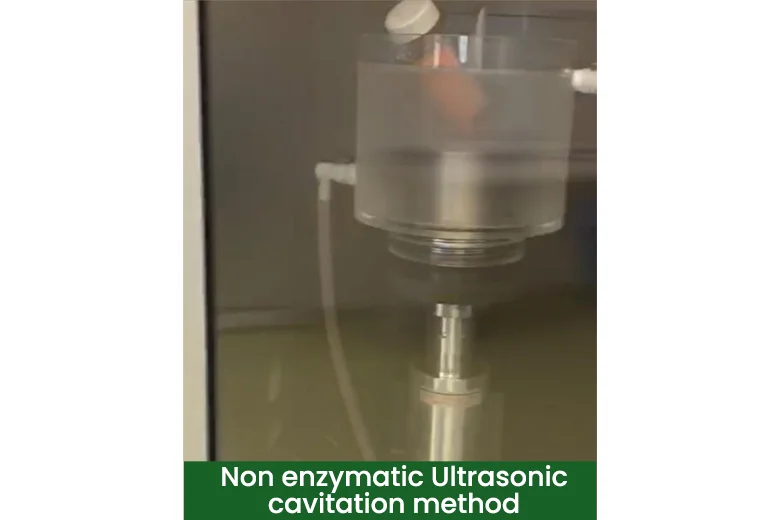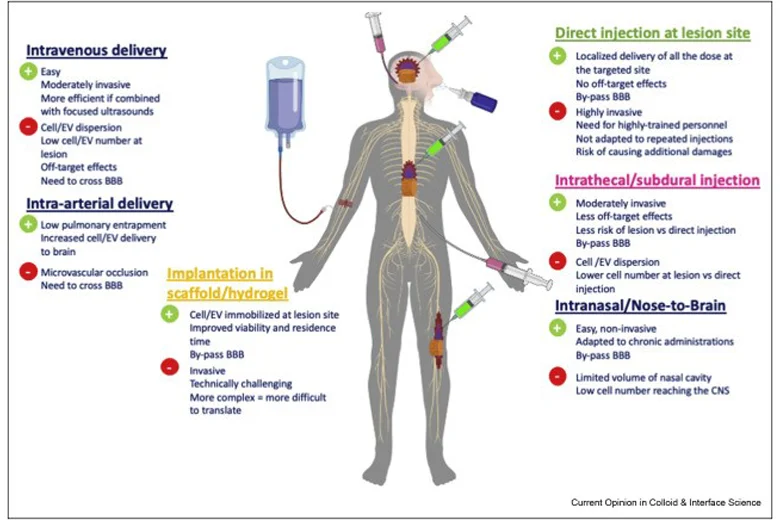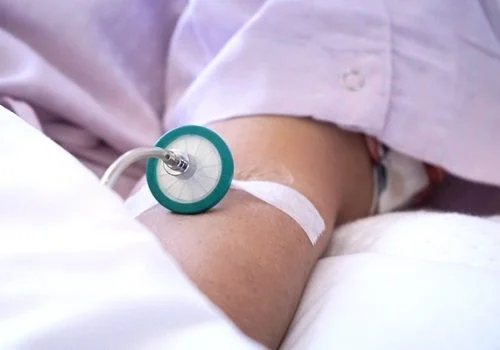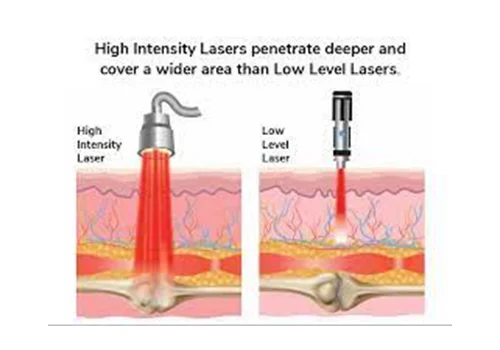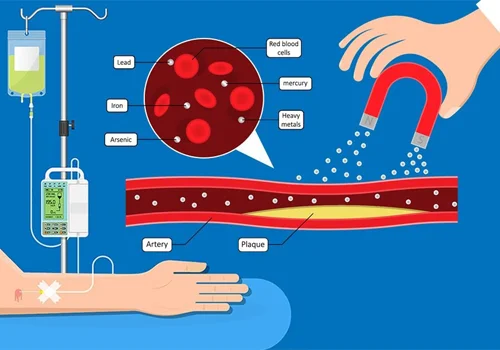Revita Life Sciences
Methodology
Basic Principle
We adhere to both major processing approaches that have emerged in stem cell therapy:
One advocates stem cell enrichment, while the other focuses on expansion, with or without differentiation into specific lineages. Enrichment offers the advantage of fresh cells along with a cocktail of various supportive cells and growth factors essential for stem cells to home in on lesions and promote their growth. Expansion or culture of stem cells significantly increases their numbers to achieve the desired quantity for therapeutic effectiveness.
Enrichment
- Minimal manipulation by any chemical, physical or biological agent as these cells are highly sensitive towards the process and would loosen their properties soon.
- Fresh i.e. less time delay between extraction –isolation and enrichment.
- Provides a cocktail of different fresh stem cells in their natural environment along with numerous different types of supportive cells and growth factors.
- Good recovery not only Mesenchymal cells but also Very small embryonic-like stem cells (VSELs) which are the pluripotent stem cells with maximum regenerative potential.
- Cells don’t leave their biological environment.
- No chemical used hence no damage to the genome (genotoxicity), changes in chromatin structure. No Possibility of mutations and late tumour formation.
Expansion
Stem cells from patient’s own fat /bone marrow/dental pulp/olfactory tissue umbilical cord tissue are grown in serum free media.
Passages only up to 3 times
The karyotyping of the alternate passage of cells showed a normal chromosomal pattern concluding their positive clinical usage.
Cells are then analyzed for viability and tested for stem cell specific characteristic surface markers and for bacterial, fungal and mycoplasmic burden in addition to the endotoxicity measurement
4% oxygen
We prefer to inject these grown cells to Patient as fresh(directly from the lab) without cryo-freezing them. As extreme cold temperature affects efficacy and thawing reduces viability.
Bone Marrow Extraction
- Approximately 120 to 240 ml is harvested from the iliac crest in a single session.
- We aspirate from one iliac crest on day 1, the second on day 15, and repeat the first on day 30.
- Alternatively, we can store the aspirate from day 1 for future use to avoid repeat aspirations.
- Bone marrow is processed in a closed system for volume reduction.
- Approximately 40-60 ml of bone marrow is taken into the lab for expansion if necessary.
- The volume-reduced sample is processed to yield a rich 2-5 ml fraction of MNCs (including hematopoietic stem cells, mesenchymal stem cells, and endothelial progenitor cells) along with supernatant plasma rich in platelets and growth factors.
- Typically, per 60 ml of bone marrow sample, the concentrate contains 320-380 million MNCs, 15 to 18 million CD34+ cells, and 1,000,000 to 1,500,000 MSCs.
- The sample undergoes further processing to recover lost VSELS.
- The final volume is adjusted to 2 to 20 ml depending on the route of administration.
Adipose Tissue Extraction and Processing
Using manual technique, 100 to 200 cc of fat is removed from the abdomen. The fat is gently harvested to keep cells alive, using a medical procedure (not liposuction) blood and tumescent fluid layer is removed.
The sample is then processed in indirect sonication to yield stromal cells having mesenchymal cells upto 10% and adult pluripotent stem cells.
No enzyme used
Bio-activation
Stem Cells (either expanded or enriched) are bio activated with laser energy directed on them.
Dose
Results depend on Quantity and Quality of Stem Cells.
Quantity
The success rate depends on the amount of cells injected and the quality of cells. Ideal is-2-4 million mononuclear cells per kg body weight
Quality
Quality is maintained by adhering to Good protocol.
Stem cells are infused/injected weekly /fortnightly/monthly as per Different protocols. Total of 3-5 such infusions are suggested.
NON INVASIVE (NO INCISON)
DAY CARE
PAINLESS
SAFE – NO SIDE EFFECTS
PATIENT CAN RESUME ACTIVITIES OF DAILY LIVING NEXT DAY
Route of Administration
- Retrobulbar
- Subscleral/ Intravitreal
- Intrathecal
- Intravenous
- Intra-arterial
- Intra-articular
- Intralesional (direct)
Supportive Therapies
- Ayurveda and natural herbal supplementation
- Hyper Baric oxygen therapy
- Low level Laser
- Oxygenation: intravenous
- Electromagnetic Stimulation
- Nutrition support therapy
- Chelation


